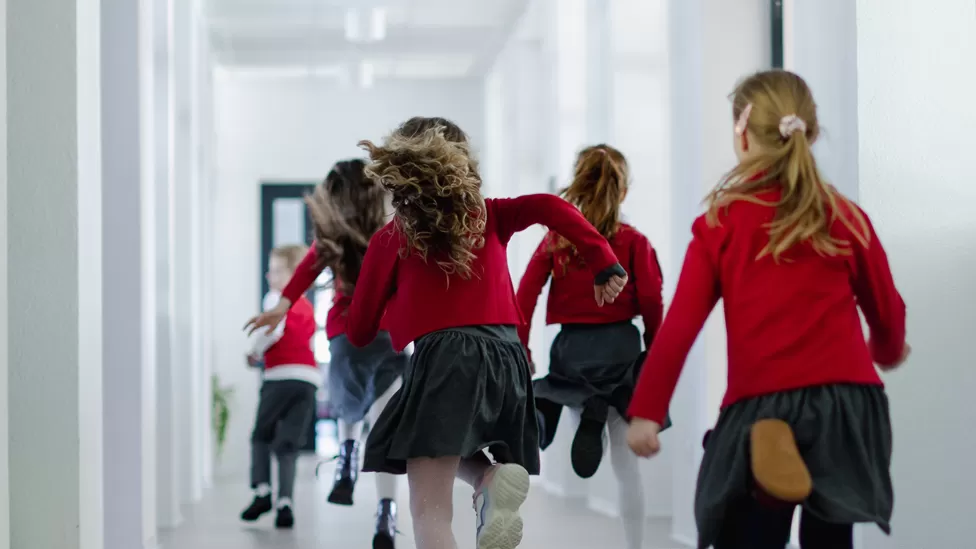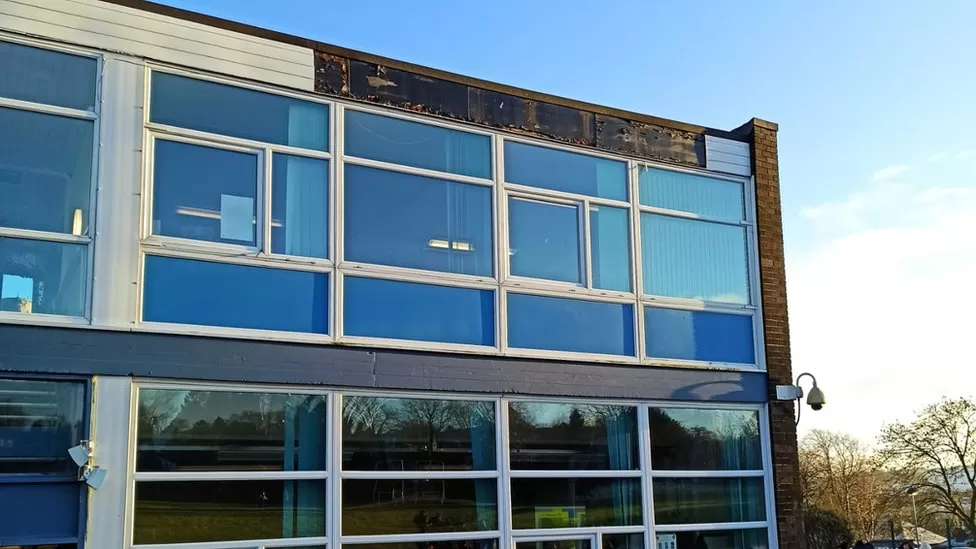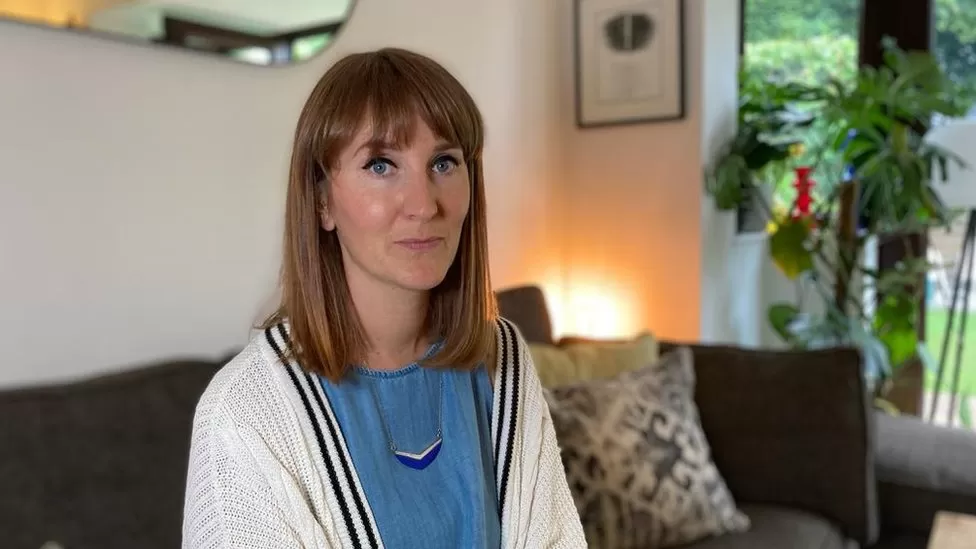An estimated 700,000 children are being taught in unsafe school buildings in England that need major works to repair them, according to a report. The National Audit Office (NAO) says the Department for Education (DfE) has, since 2021, assessed the risk of injury or death from a school building collapse as “very likely and critical”. But the risks have not been addressed because of years of underfunding. The DfE says it has been “significantly investing in transforming schools”. An official said “nothing is more important” than safety at school – and the department had allocated more than £15bn since 2015 to keep schools safe and operational. But the NAO, the UK’s independent public spending watchdog, said the deteriorating condition of school buildings was damaging pupil attainment and teacher retention.

Mother-of-two Carla Ashman, from Sheffield, was struck in the face by a 15ft (4.5m) piece of fascia board, covered in nails, that fell from the school building as she waited to collect her children. She was left with a black eye, repetitive headaches and tinnitus, which still affects her several months later – but says it could have been much worse. “It was a really long board but it also had really large nails sticking out of it, so the thought of what could’ve happened – it was a real near miss for the children,” Ms Ashman says. “If something like this happens again, are my children safe?”
The NAO’s report found more than a third (24,000) of all English school buildings had passed their estimated initial design life. And it highlighted continuing concerns for school buildings that still contain reinforced autoclaved aerated concrete (RAAC) – a lightweight form of concrete prone to collapse, used widely between the 1950s and mid-1990s. The DfE has identified 572 schools where RAAC might be present, so far confirming it in 65, of which 24 required immediate action. The NAO said the safety risk from asbestos was also more severe in poorly maintained school buildings. In a written response to Liberal Democrat MP Munira Wilson, in February, the government said at least 39 schools had had to close since December 2019, over various safety concerns.

The NAO said the DfE had recommended minimum funding of £5.3bn per year to mitigate the most serious risks of building failure, in its 2020 spending review, with £7bn per year being the “best-practice” level. But the department was subsequently given an average of £3.1bn per year from the Treasury. Rachel Jones, head teacher at Kingsley St John’s Primary School, in Cheshire, says her school building is suffering from “completely stretched” budgets. “Most of the cuts that are being made in school are on the building, because I’m putting things off,” she says. “We’re using gaffer tape instead of having things replaced.” Ms Jones feels “embarrassed” showing prospective parents around the school, despite the “excellent” standard of teaching. “You’re constantly making apologies and it’s a constant battle to overcome those first impressions,” she added.

‘Case-by-case basis’
A separate NAO report, also released on Wednesday, found the DfE had insufficient plans for making state-funded school buildings in England more environmentally friendly. Responding to both reports, the National Education Union’s joint general secretary Kevin Courtney said the government was spending “nothing like enough” on school buildings. “That not only has an impact on education. If you’re not sure which buildings might collapse, or if there is asbestos in the buildings which isn’t well managed, then there are risks to life and limb as well,” he added.

A DfE official said the government was investing in 500 projects for new and refurbished school buildings, through its school-rebuilding programme. Academy trusts, local authorities and voluntary-aided school bodies were responsible for the maintenance of schools and should contact the department with concerns. “We will always provide support on a case-by-case basis, if we are alerted to a serious safety issue by these responsible bodies,” the official added.
![]()





